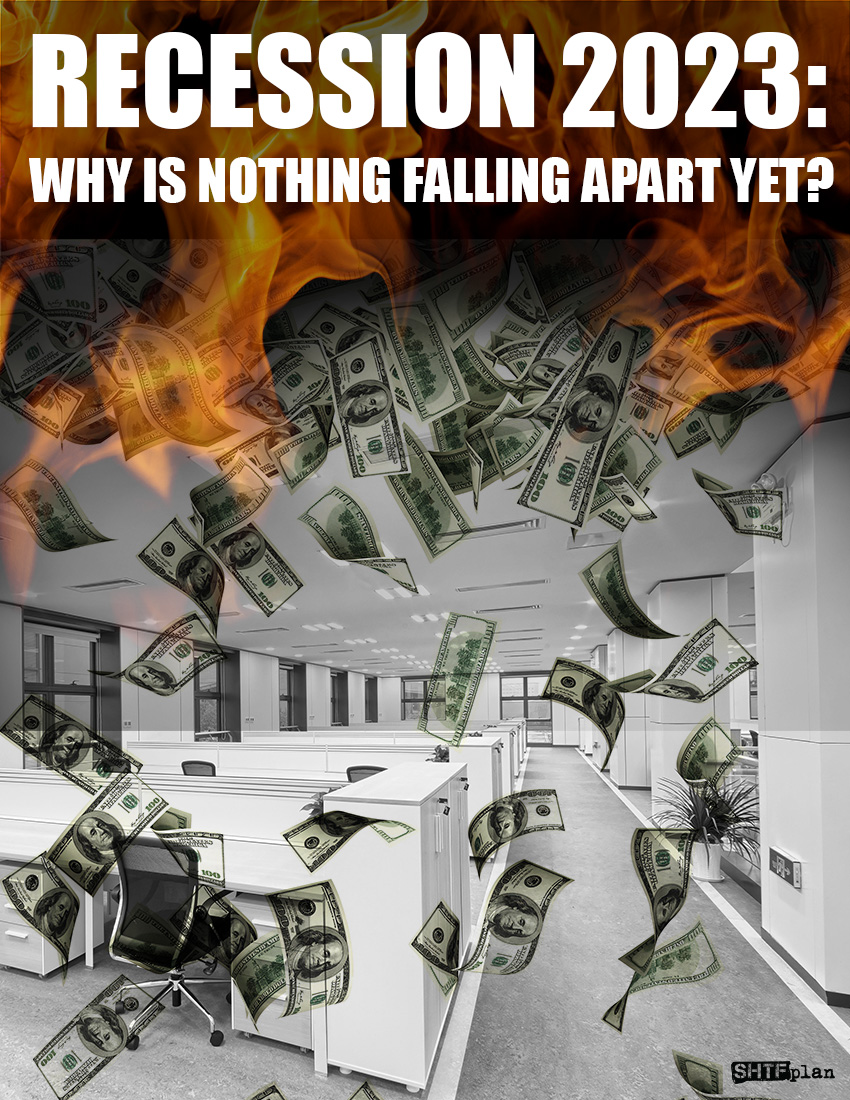
TRUMP SAYS: HUNTER MAKES FORTUNE FROM SHADY DEALS!
BIDEN FAMILY STINKS TO HIGH HEAVENS OF CORRUPTION!
DON'T GET LEFT OUT: HUNTER MUST BE STOPPED!
We realize that it’s hard to believe that our benevolent government would ever consider manipulating the stock market to create the perception of a recovery, but still, we have to report the story for our readers to decide on their own.
Hat Tip to The Survival Mom for sending us the article.
Analysts say government’s financial rescues have fueled conspiracy theories:
The unusual circumstances that led the U.S. market to rally powerfully in 2009 might be explained by secret government moves to buy stocks, according to Charles Biderman, the founder and chief executive of TrimTabs, a research firm that tracks liquidity flows in the market.
“We cannot identify the source of the new money that pushed stock prices up so far so fast,” Biderman said in a statement Tuesday.
The source of approximately $600 billion net new cash necessary to lift the market’s overall capitalization by $6 trillion last year could not be identified by TrimTabs, Biderman said. The money, he said, didn’t come from traditional players such as companies, retail investors, foreign investors, hedge funds or pension funds.
That $600 billion has to be traceable somehow, right? It must be an oversight by TrimTab’s account department. We should as The Fed and Treasury to investigate themselves to see if they can get to the bottom of this!
Also noteworthy is that roughly $600 billion was used to increase market capitalization by $6 Trillion. Some of that is leverage, no?
Is it a conspiracy theory?
Market analysts, however, were quick to debunk the theory. Yes, the government had a heavy hand in rescuing the financial system and the economy as the system started collapsing in late 2008 and throughout 2009. But the huge boosts of liquidity through the system found their way to stocks by the usual means, they said.
—
Conspiracy theories about the so-called “plunge protection team,” or PPT, have been on the rise ever since the U.S. government started to bail out financial institutions in late 2008 under the administration of then-President George W. Bush, according to Dan Greenhaus, market strategist at Miller Tabak.
The PPT is a nickname given by some to a group established by President Ronald Reagan in 1988 after the 1987 stock crash to coordinate governmental response to market meltdowns.
[emphasis added]
Sorry, did we miss something? If President Reagan established the Working Group on Financial Markets in 1988 by Executive Order 12631, than is it really a conspiracy theory?
The PPT is simply a nickname for this group. It really does exist, as evidenced by said Executive Order.
This is not conspiracy theory, but conspiracy FACT.
If the PPT can take action at the direction of the President (who is advised by the Fed, Treasury, and Rahm) when markets plunge, then what do you think happened after the markets plunged in March of 2009?
Did the PPT just sit around twiddling their thumbs, or did they maybe team up to protect financial markets from plunging? We know it’s a stretch of the imagination.

It Took 22 Years to Get to This Point
The health "experts" are "on alert" after the first case of bird flu has been found in a child....
This article was originally published by Michael Snyder at The End of the American Dream under the...
This article was originally published by Tyler Durden at ZeroHedge. Update(1315ET): After months...
Commenting Policy:
Some comments on this web site are automatically moderated through our Spam protection systems. Please be patient if your comment isn’t immediately available. We’re not trying to censor you, the system just wants to make sure you’re not a robot posting random spam.
This website thrives because of its community. While we support lively debates and understand that people get excited, frustrated or angry at times, we ask that the conversation remain civil. Racism, to include any religious affiliation, will not be tolerated on this site, including the disparagement of people in the comments section.


Comments